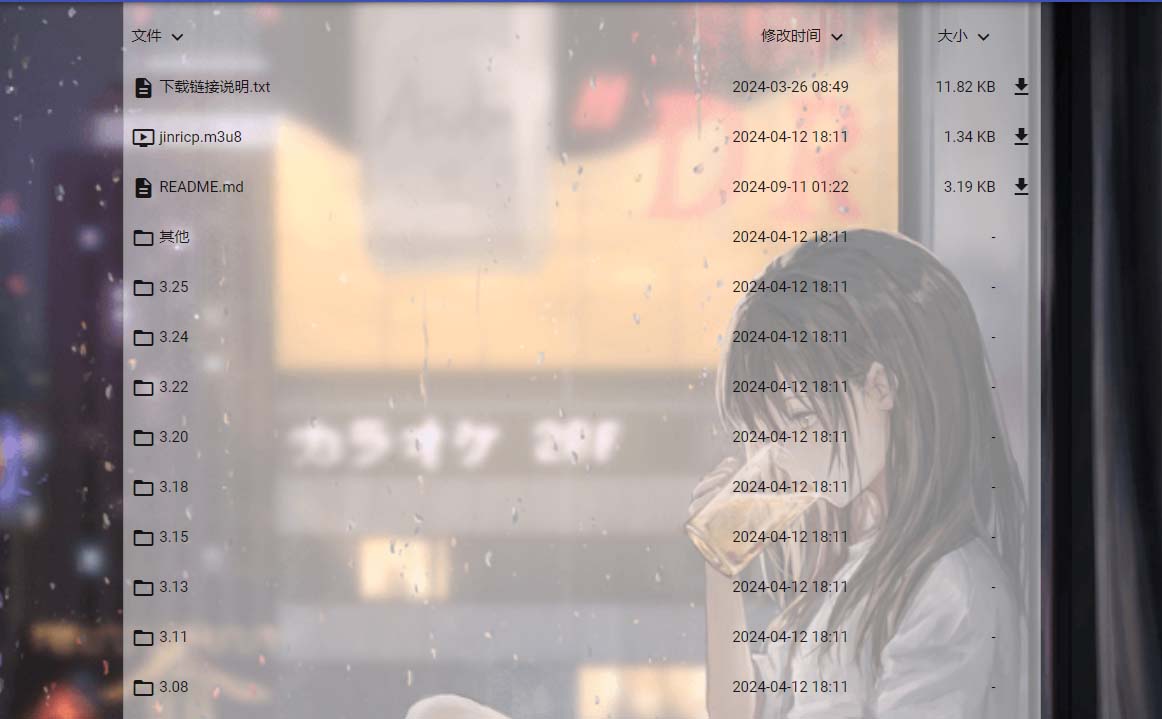
Python是一种简单易学的编程语言,因此在游戏开发中也被广泛应用。Python的强大与灵活性使其成为了许多游戏开发者的首选。本文将介绍一些常见的Python游戏开发知识和常用的代码库,同时也提供一些可复制的游戏代码示例。
Python游戏开发知识
1. 游戏引擎
游戏引擎是游戏的核心,因此选择合适的游戏引擎是开发游戏的关键。Python游戏开发中比较流行的几个游戏引擎包括Pygame、PyOpenGL和Panda3D。每个游戏引擎都有其独特的优势和适用范围,开发者应根据自己的需求选择合适的游戏引擎。
2. 游戏结构
针对不同的游戏类型,Python游戏开发中需要设计不同的游戏结构。比如,对于一个冒险游戏,开发者需要设计关卡、角色、道具等元素;而对于一个模拟游戏,开发者需要考虑游戏的物理模型、AI等。
3. 游戏设计模式
游戏设计模式是一些通用的游戏开发思路和方法,可以帮助开发者更好地组织、设计游戏。比如,MVC模式、观察者模式和状态模式等。
4. 游戏算法
游戏算法是指在游戏开发中用于解决游戏问题的一些算法技巧。例如,A*算法可以用于计算角色的最短路径,蒙特卡罗树搜索算法可以用于计算AI的决策等。
常用的代码库
1. Pygame
Pygame是一个基于Python的游戏开发库,提供了简单易用的接口,主要用于2D游戏开发。使用Pygame开发游戏可以实现角色动画、碰撞检测、背景音乐等常见的游戏功能。以下是一个使用Pygame开发的小游戏示例,可复制代码如下:
```
import pygame
import random
# Initialize Pygame
pygame.init()
# Set screen size
win_w = 500
win_h = 500
win = pygame.display.set_mode((win_w, win_h))
# Set game clock
clock = pygame.time.Clock()
# Set colors
white = (255, 255, 255)
black = (0, 0, 0)
# Set font
font = pygame.font.SysFont(None, 30)
# Set variables
score = 0
speed = 5
x = win_w // 2
y = win_h - 50
ball_x = random.randint(50, win_w - 50)
ball_y = 50
ball_speed = 2
# Main game loop
while True:
# Handle events
for event in pygame.event.get():
if event.type == pygame.QUIT:
pygame.quit()
quit()
# Handle keyboard input
keys = pygame.key.get_pressed()
if keys[pygame.K_LEFT] and x > 0:
x -= speed
elif keys[pygame.K_RIGHT] and x < win_w - 100:
x += speed
# Move ball
ball_y += ball_speed
if ball_y > win_h:
ball_y = 50
ball_x = random.randint(50, win_w - 50)
# Check for collision
if x < ball_x < x + 100 and y < ball_y < y + 50:
score += 1
ball_y = 50
ball_x = random.randint(50, win_w - 50)
# Draw elements on screen
win.fill(white)
pygame.draw.rect(win, black, (x, y, 100, 50))
pygame.draw.circle(win, black, (ball_x, ball_y), 20)
score_text = font.render("Score: {}".format(score), True, black)
win.blit(score_text, (10, 10))
# Update screen and set FPS
pygame.display.update()
clock.tick(60)
```
2. PyOpenGL
PyOpenGL是一个基于OpenGL的Python库,专门用于开发3D游戏。使用PyOpenGL可以实现模型渲染、光照效果、纹理映射等常见的游戏功能。以下是一个使用PyOpenGL开发的小游戏示例,可复制代码如下:
```
import pygame
from OpenGL.GL import *
from OpenGL.GLU import *
# Initialize Pygame
pygame.init()
# Set screen size
win_w = 800
win_h = 600
win = pygame.display.set_mode((win_w, win_h), pygame.DOUBLEBUF | pygame.OPENGL)
# Set game clock
clock = pygame.time.Clock()
# Set color
white = (1, 1, 1, 1)
# Set model
vertices = (
(-1, -1, 1),
(1, -1, 1),
(1, 1, 1),
(-1, 1, 1),
(-1, -1, -1),
(1, -1, -1),
(1, 1, -1),
(-1, 1, -1)
)
edges = (
(0, 1),
(0, 3),
(0, 4),
(1, 2),
(1, 5),
(2, 3),
(2, 6),
(3, 7),
(4, 5),
(4, 7),
(5, 6),
(6, 7)
)
# Set rotation variables
x_rot = 0
y_rot = 0
# Main game loop
while True:
# Handle events
for event in pygame.event.get():
if event.type == pygame.QUIT:
pygame.quit()
quit()
elif event.type == pygame.MOUSEBUTTONDOWN:
if event.button == 4:
glTranslatef(0, 0, 1)
elif event.button == 5:
glTranslatef(0, 0, -1)
# Handle keyboard input
keys = pygame.key.get_pressed()
if keys[pygame.K_LEFT]:
y_rot += 1
elif keys[pygame.K_RIGHT]:
y_rot -= 1
elif keys[pygame.K_UP]:
x_rot += 1
elif keys[pygame.K_DOWN]:
x_rot -= 1
# Set projection matrix
glMatrixMode(GL_PROJECTION)
gluPerspective(45, (win_w / win_h), 0.1, 50.0)
# Set modelview matrix
glMatrixMode(GL_MODELVIEW)
glLoadIdentity()
glTranslatef(0, 0, -5)
glRotatef(x_rot, 1, 0, 0)
glRotatef(y_rot, 0, 1, 0)
# Draw model
glClear(GL_COLOR_BUFFER_BIT | GL_DEPTH_BUFFER_BIT)
glBegin(GL_LINES)
glColor(white)
for edge in edges:
for vertex in edge:
glVertex3fv(vertices[vertex])
glEnd()
# Update screen
pygame.display.flip()
clock.tick(60)
```
3. Panda3D
Panda3D是一个基于Python的游戏引擎,可以用于开发2D和3D游戏。Panda3D提供了一整套游戏开发工具,包括模型渲染、物理模拟、声音管理等功能。以下是一个使用Panda3D开发的小游戏示例,可复制代码如下:
```
from direct.showbase.ShowBase import ShowBase
from direct.task.Task import Task
from direct.actor.Actor import Actor
from panda3d.core import PointLight, AmbientLight
class MyGame(ShowBase):
def __init__(self):
ShowBase.__init__(self)
# Load actor
self.actor = Actor("models/panda-model", {"walk": "models/panda-walk4"})
self.actor.reparentTo(render)
self.actor.setScale(0.1, 0.1, 0.1)
self.actor.setPos(0, 0, 0)
self.actor.loop("walk")
# Add lights
pl = PointLight("pointlight")
light = render.attachNewNode(pl)
light.setPos(0, 0, 50)
render.setLight(light)
al = AmbientLight("ambientlight")
light = render.attachNewNode(al)
light.setPos(0, 0, 50)
render.setLight(light)
# Set camera position
self.disableMouse()
self.camera.setPos(0, -10, 2)
# Set variables
self.speed = 0.1
# Set game loop
taskMgr.add(self.move_actor, "Move Actor")
def move_actor(self, task):
# Handle keyboard input
if self.mouseWatcherNode.hasMouse():
mpos = self.mouseWatcherNode.getMouse()
if mpos.getX() < -0.2:
self.actor.setX(self.actor.getX() + self.speed)
elif mpos.getX() > 0.2:
self.actor.setX(self.actor.getX() - self.speed)
if mpos.getY() < -0.2:
self.actor.setY(self.actor.getY() + self.speed)
elif mpos.getY() > 0.2:
self.actor.setY(self.actor.getY() - self.speed)
# Update screen
return Task.cont
game = MyGame()
game.run()
```
结语
本文介绍了Python游戏开发的一些常见知识和常用代码库,并提供了可复制的游戏代码示例。在开发游戏时,需要充分利用这些资源,结合实际需求进行灵活运用。同时,还需要不断深入学习游戏开发技术,提高自身水平,才能开发出更具创意和魅力的游戏作品。 如果你喜欢我们三七知识分享网站的文章, 欢迎您分享或收藏知识分享网站文章 欢迎您到我们的网站逛逛喔!https://www.37seo.cn/


![最新版TikTok 抖音国际版解锁版 v33.8.4 去广告 免拔卡[免费网盘]](https://m.37seo.cn/uploads/20240316/368374f292fe1b61eead785c71e11147.jpg)
发表评论 取消回复